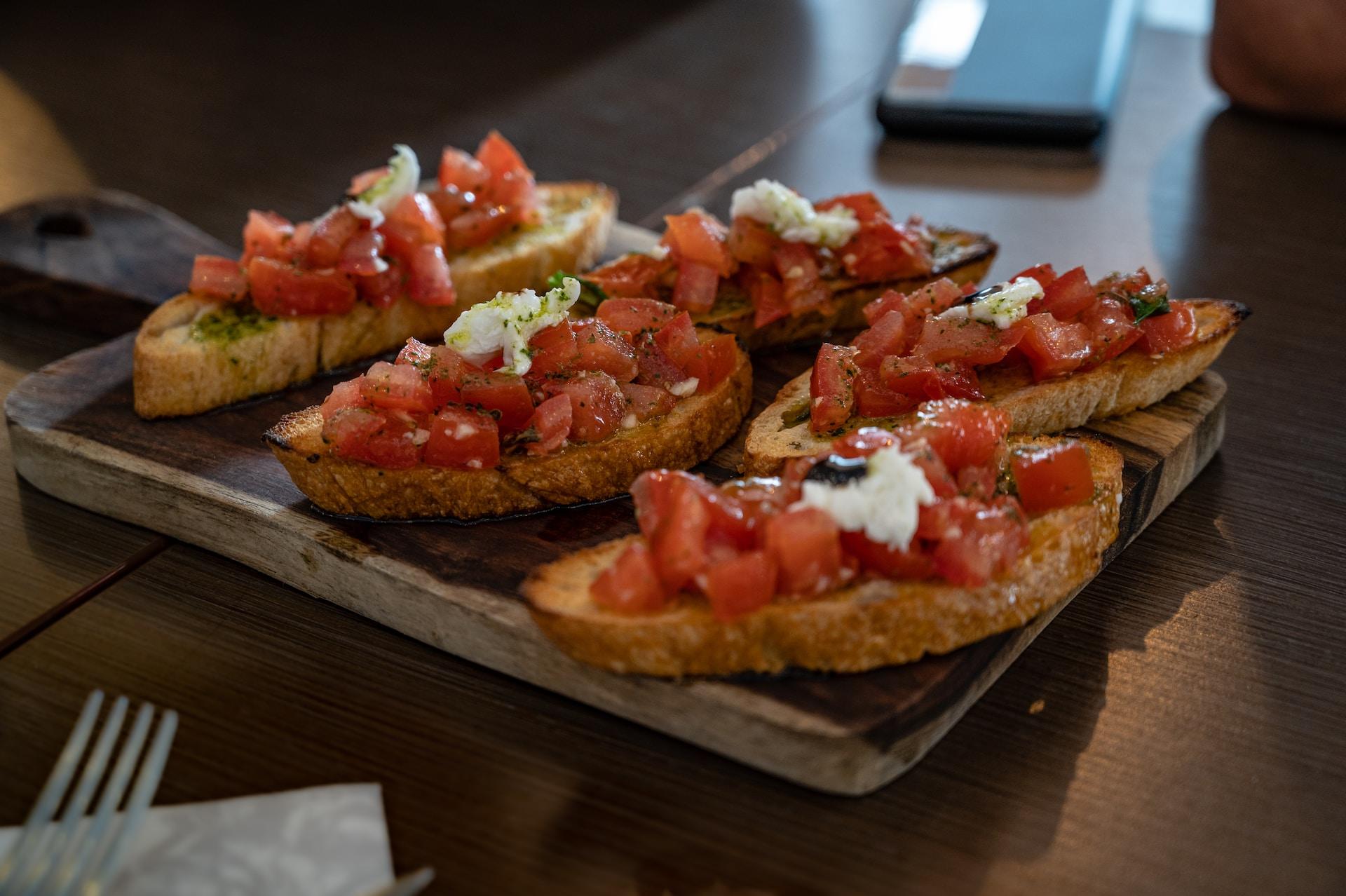Let's start by saying that we love pizza and pasta and consider them some of the greatest foods in the world. Pizza owes its origins to Italy and Italian pizza is still by and far the greatest in the world. Still, the popularity of pizza has made it an international dish, with almost every country in the world having their own take on pizza.
It would probably keep a lot of Italians much happier if we called these iterations something else. However, until we can agree on a term for Italian food outside of Italy, we're going to have to continue enduring the anger of the dishes' original inventors.
Pizza and pasta can be found on the menus of restaurants that don't even claim to be remotely Italian, but the most authentic versions of them tend to follow typically Meditteranean recipes (complete with garlic, olive oil, and basil) and the cooking techniques that were created and refined in Italy.
All over the world, Italian food is arguably the most popular. There are few people in the world who like neither pasta nor pizza, making going for Italian food a popular choice with restaurant-goers.
However, "Italian food", while internationally famous, isn't just one kind of cooking and it really diminishes the culinary achievements across the nation to think of it that way. In fact, there are plenty of different styles of cooking all over Italy and across each region, there are approaches and specialties that can't even be agreed on within the country.
In this article, we're going to try and do Italian cuisine justice by looking at some of the greatest Italian recipes without talking about pizza or pasta, because we reckon that everybody already knows how good they are!

The Italian Antipasti that You Have to Try
Every good meal starts with antipasti and Italian meals can feature so many different courses that it can be hard to keep up with what's going on when you dine with Italians. We recommend just going with it and enjoying the culinary wonders that are coming your way!
Antipasti (or antipasto in the singular) is the first course. Technically, you can start with an aperitivo, which is a usually-alcoholic drink that's supposed to prepare your stomach for the meal it's about to enjoy.
Just keep in mind that the anti- prefix in Italian means "before" and not against or in opposition to so your antipasti are actually the dishes that come before pasta.
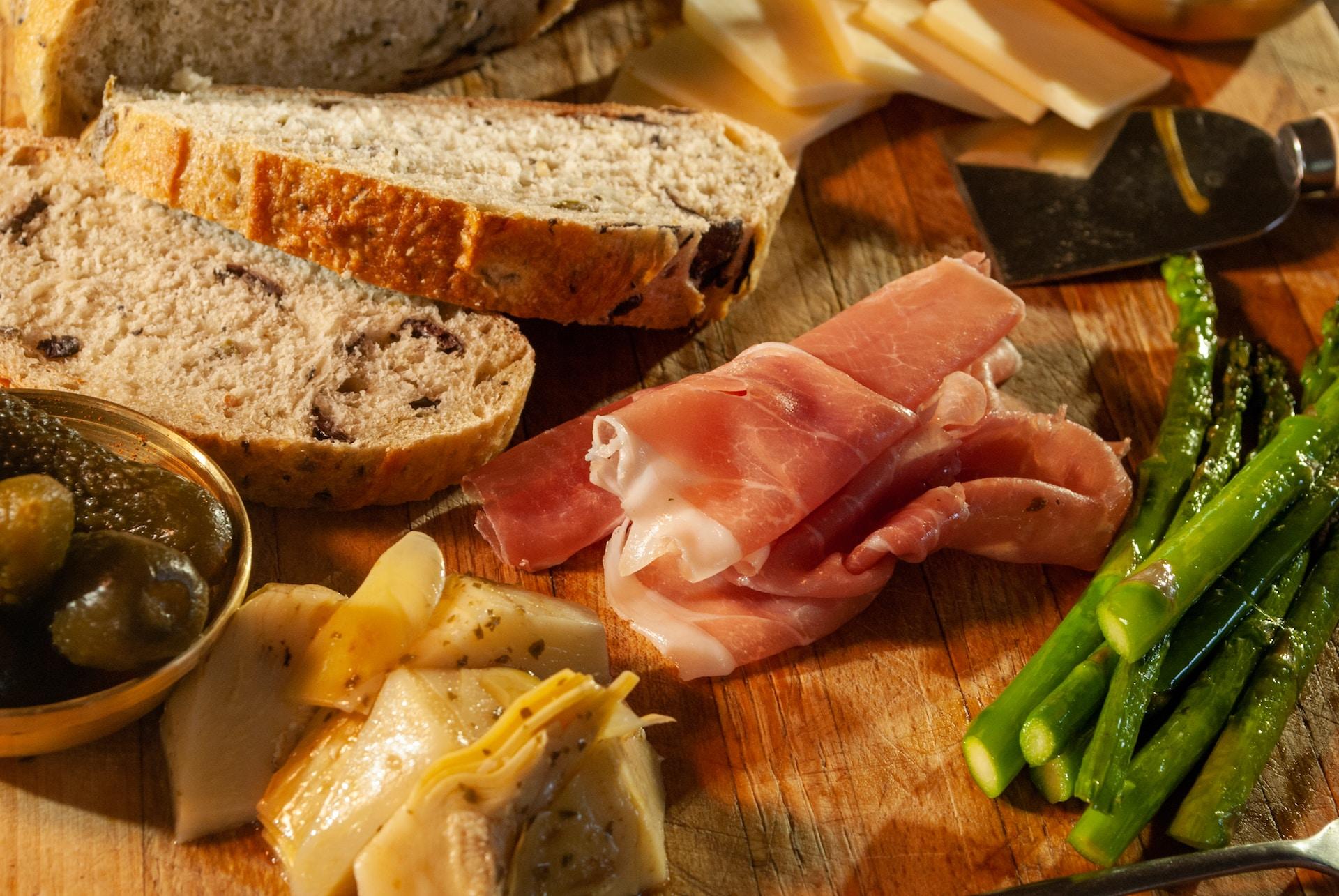
To learn more about Italian food, why not start with antipasti, since it'll probably be some of the first Italian food you have during any meal. The great thing about these dishes is because they're not the main course, they're usually quite small and generally quite easy to make.
However, ask any Italian and you'll discover that a lot of care and love goes into every dish they make so while these are seemingly simple, there's a lot about each of them that you can learn to make them even better and more authentic.
Here are some of our favourite antipasti:
- Arancini di riso: Fried rice balls with flour, egg, and cheese.
- Eggplant rollatini: These are made with ricotta or mozzarella and can be enjoyed with vegetables, authentic Italian tomato sauce, or on their own.
- Bruschetta: Toasted garlic bread that's often topped with cherry tomatoes, mozzarella, meat, etc.
- Parma ham or prosciutto crudo: Prosciutto is just the Italian word for ham so what you're really after is the thinly sliced, dried, and cured version.
- Pesto or goat's cheese mushrooms.
- Caponata crostini: This is toasted bread that's topped with things like capers, balsamic vinegar, eggplant, and olive oil. Don't get them confused with bruschette.
Carpaccio is another popular antipasto and the original is a relatively modern invention, having come from Harry's Bar in Venice in the early 1960s. There are two possible reasons for its invention: it was served during a power cut or created for Countess Amalia Nani Mocenigo, who'd been advised to eat raw meat. The latter is likely the truth, but the first reason is still kind of fun.
Since it's invention, carpaccio has been adapted for different tastes:
- Tuna carpaccio
- Tomato and mozzarella carpaccio for vegetarians
- Courgette carpaccio
- Eggplant carpaccio
- Chard carpaccio
In Italy, carpaccio is served with Italian olive oil, lemon juice, and fresh basil. Don't forget that the plate also has to be chilled!
Italian Cheeses
Italy, like many of its neighbours, is mad about cheese. Cheese is a common ingredient in so many Italian dishes but it's also a dish in its own right and once you've had your primo piatto and secondo piatto courses, there's the formaggi e frutta (cheese and fruit) course for you to enjoy.
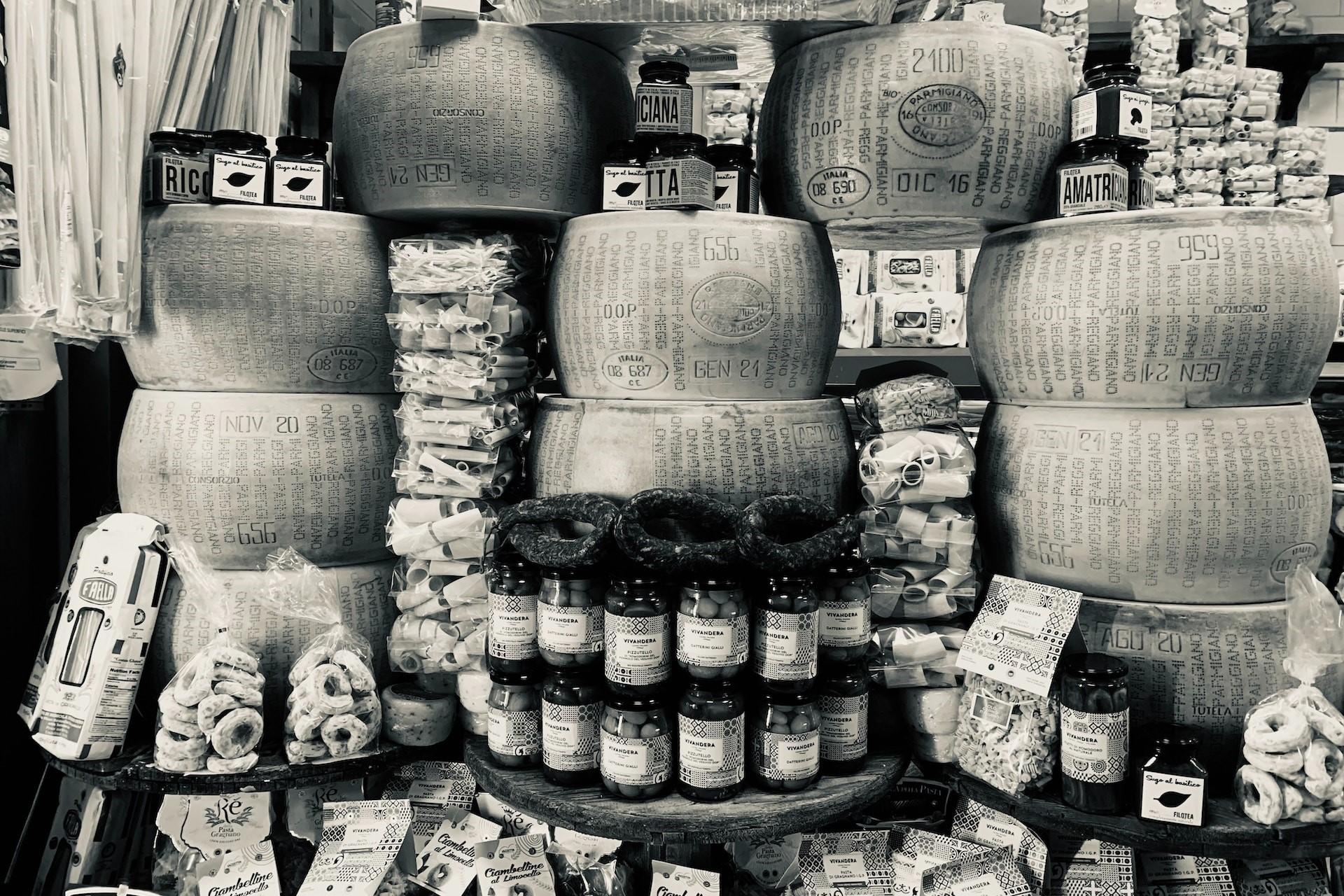
Italy doesn't have a monopoly on good cheeses, but there are certainly many amazing cheeses from the country. Here are just a handful of notable examples:
- Mozzarella di bufala: Sometimes called Buffalo Mozzarella in English, this is a great addition to salads and carpaccio.
- Ricotta: This fresh cheese is used in both sweet and savoury dishes like cakes and cannelloni.
- Pecorino: This sheep's cheese is from Sardinia and pairs excellently with vegetables.
- Parmigiano Reggiano: Known in English as parmesan, this hard cheese is eaten with many different kinds of Italian dishes. However, in Italy, it's not for putting on pizza.
- Scamoza: This tasty smoked cheese (scamoza affumicata) can be eaten on its own, grilled, or melted over pasta.
- Provolone: This cheese is great for melting and is good for dishes that are baked or just melted in a dish.
- Burrata: This is a creamy variation of mozzarella and is another cheese that you can easily eat on its own, though we do recommend adding a bit of olive oil.

Risotto and Rice
You can enjoy carbs in your Italian dishes without resorting to pasta or pizza. While many Asian cuisines love rice, it's also a popular staple in almost every other continent in the world including European, American, and African food.
In Italy, the most well-known rice dish is probably risotto. In fact, Italy loves its rice so much that it's the biggest producer of rice in Europe. The rice used for risotto is non-negotiable and needs to be round carnaroli or arborio rice.
Risotto, which doesn't usually feature meat, is a primo piatto or first main course and often uses ingredients like dry white wine, onions, and parmesan.
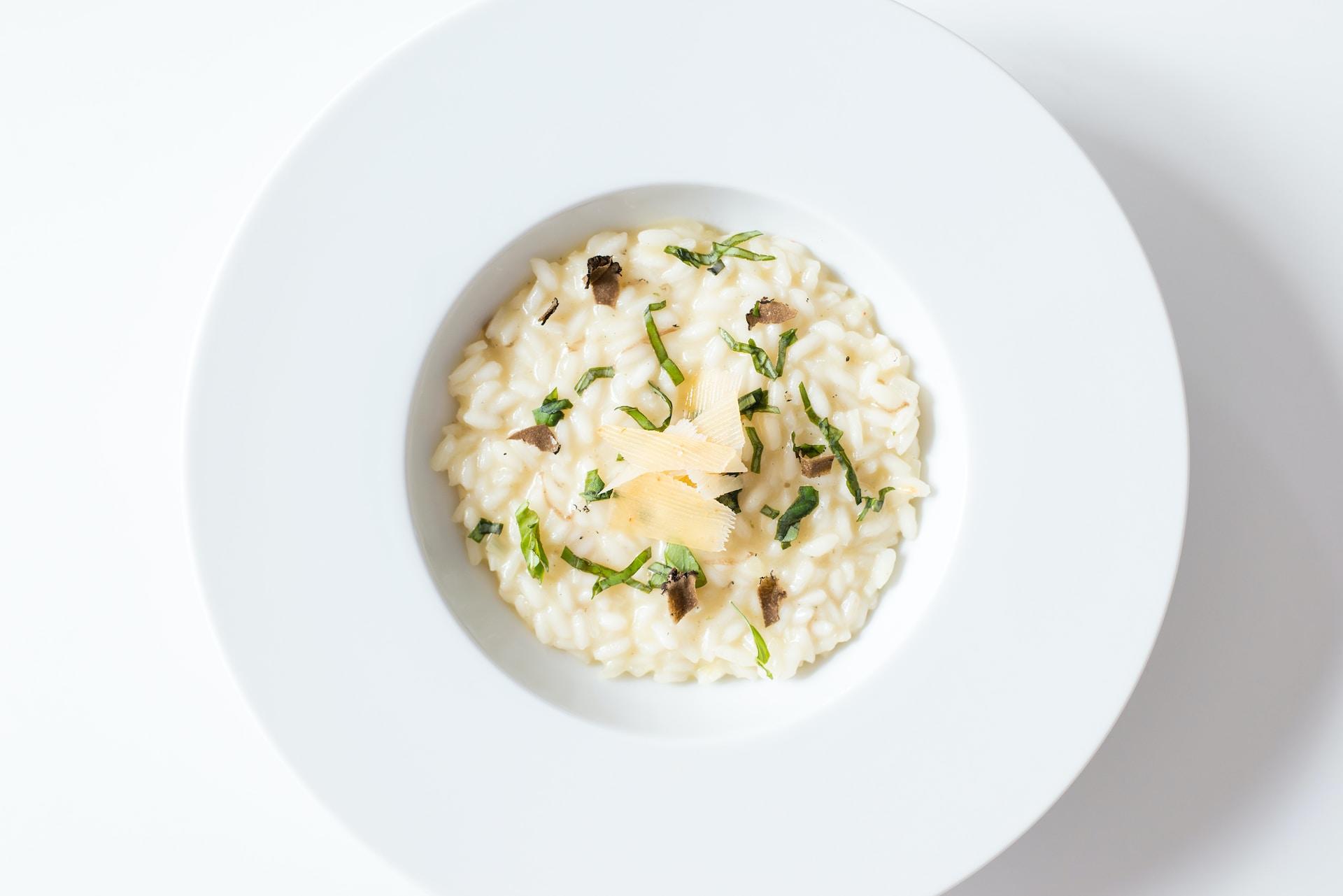
In the same way that there are plenty of different sauces and ways to serve pasta (pesto, bolognese, carbonara, etc.), there are many different styles and flavours of risotto. These are just a few of the most popular ones:
Just as pasta can be served with pesto, bolognese, or carbonara, risotto also comes in a large variety of flavours:
- Risotto al nero di seppia which is made with squid ink and is a popular dish in Venice.
- Goat's cheese and limoncello risotto.
- Risotto alla Pescatora or "Fisherman's risotto", which is risotto with seafood.
- Porcini risotto which is made with its namesake mushrooms.
These are just a few of the most popular recipes, but if you start researching risotto recipes, you'll find that there's a risotto out there for everyone. To get the most out of your risotto, here are some tips:
- Be patient when making a risotto. It takes time.
- Risotto can't be made ahead of time.
- You need to make your own stock for a really good risotto.
- Your onions need to be browned until transparent.
- Don't leave your risotto unattended.
- You need to stir the risotto the right amount. Too much and it'll get too much air in it and too little and it'll stick to the bottom of your pot. In some parts of Italy, they just flip the whole lot rather than stirring it.
Risotto is also a popular dish with veal dishes like ossobucco and saltimbocca
By following these rules, you’ll soon become an expert at making risotto. You can also cook risotto to go with some of Italy’s most popular veal dishes, ossobucco or saltimbocca. There's also Veal Milanese, which uses breaded meat.
Incredible Italian Desserts
Thankfully, there always seems to be room for dessert because, with Italian meals sometimes having up to 10 courses, you won't be leaving hungry.
We'd say that the Italians leave the best till last, but all of the food is so good we'd be doing a disservice to say that the desserts are the best. However, anyone with a sweet tooth should be able to find something delicious that they enjoy.
Dolce, which literally means "sweet" are a wonderful end to a wonderful meal. Some of the most famous Italian desserts include mascarpone and tiramisu, but that's not all.
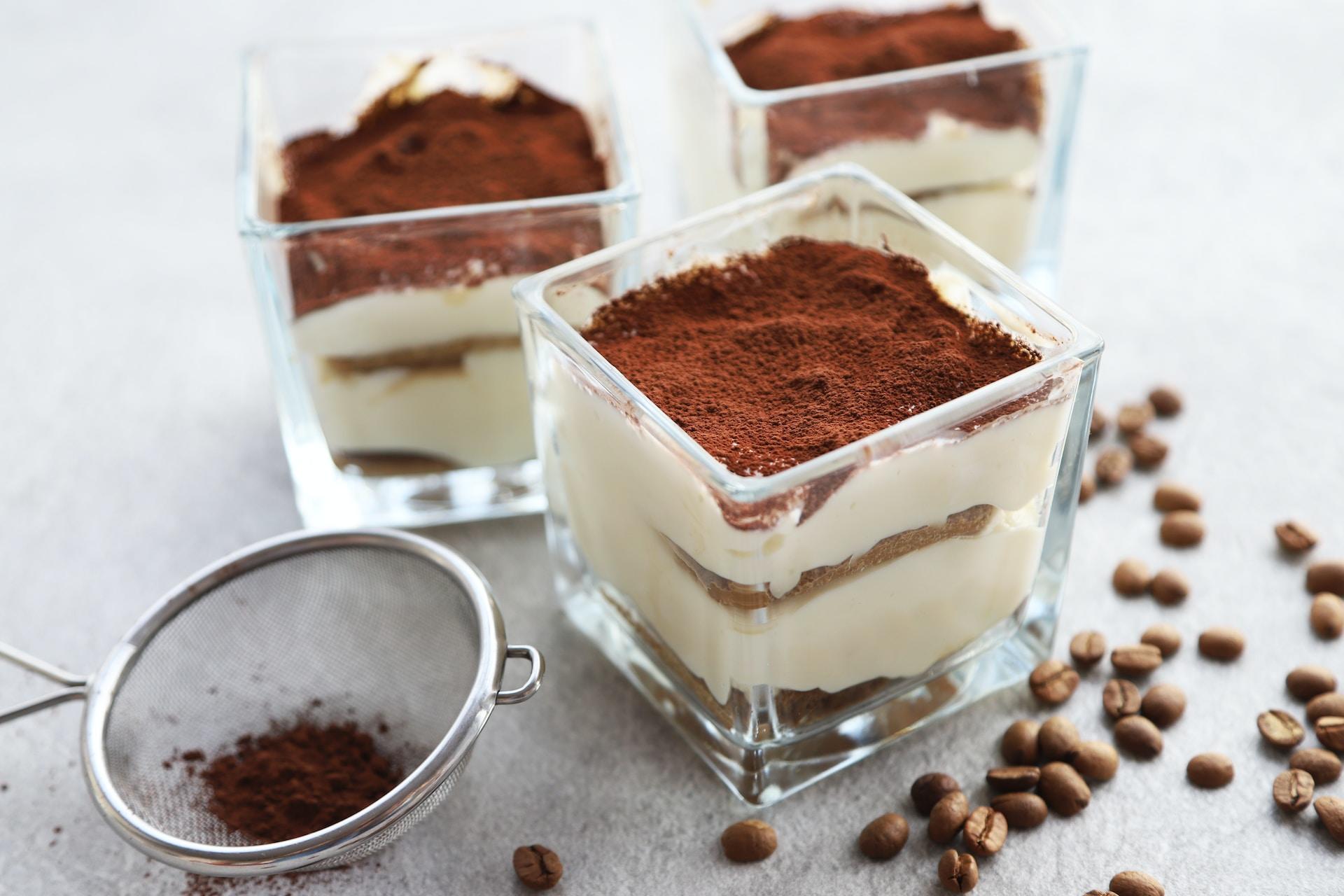
Here are some of the most popular Italian desserts:
- Panettone: A sweet bread that's often consumed on and around Christmas.
- Panna cotta: Sweet cream that's often served with a fruit coulis.
- Sabayon: This is a sweet dessert made from egg yolks, sugar, and sweet wine.
- Sfogliatella: These pastries (sometimes called lobster tails in English) are originally from Campania.
- Colomba di Pasqua: This is the sweet bread that's eaten at Easter.
- Castagnaccio: A cake made from chestnut flour that's popular in Tuscany, Liguria, Piedmont, Emilia-Romagna, and Veneto in Italy as well as the French island of Corsica.
- Panadoro: Another popular Christmas dessert.
Pairing Italian Wine with Italian Dishes
Italy is also a huge producer of wine and in 2015, it was the biggest wine-producing nation in Europe.
Prosecco is a sparkling white wine that often is used as a replacement for champagne, but there are a few others we like:
- Trebbiano d’Abruzzo: An award-winning white.
- Barolo Riserva: A red with a cinnamon after-taste.
- Barolo Riserva Monfortino: A fruity natural red.
- Radici Taurasi Riserva: Intense with raspberry flavours.
Don't forget the digestivo, which commonly features limoncello, to finish off your meal.

